The Difference Between Realism and Negativity
This past week, I ran into someone who was bitter about everything. In the course of a few short hours, he complained about how something was handled, made sure everyone heard his bitter comments dismissing everyone’s opinion that didn’t match his, and generally was unpleasant to be around.
As I reflected on this interaction, I was thinking he’d likely say he wasn’t a negative person, he was a realist. As a realist, he could find an exception to almost everything that was said in our meeting. As a realist, his opinion carried clout and authority. As someone who interacted with the realist, I found his attitude and argumentative nature frustrating.
We all know someone like this. In this situation, the person thought of himself as a realist. Realists pride themselves in looking past the optimism and shine of a new idea to the practicality of the idea. We need realists on our teams to help us put dreams into actions that work. It’s a wonderful skill.
Sometimes the gift of realism is overused, and it becomes negativity. What I’ve experienced is realists who transition beyond helpful pragmatists to negativity are often driven by ego. It may be the need to be right or heard or seen as smart. It may also be driven by low self-esteem, which drives them to put others down to raise themselves up in social hierarchies. There’s a lot of reasons someone transitions from realism to negativity.
This interaction prompted three questions for me:
- How do I know if I’m the one viewed as negative?
- What can I do if I find I’m viewed as negative?
- How can I be gracious with negative people?
As we look at the first question, there are some clues suggesting we may be the negative person. If we engage in conversation with others but we find there isn’t robust, two-sided conversation, we should ask ourselves if it’s because we shut down the conversation through our negativity.
Another clue is our conversations start regularly with, “But,” or “I disagree.” For the person I met this week, I’m sure his responses were unconscious, but if he noted the number of times he started a sentence with one of those two phrases, I think he’d be surprised at its regularity.
What are some things we can do if we suspect we may be the negative person on the team?
- We can ask questions and weigh the responses from all sides before offering our own opinions.
- We can intentionally identify the evidence that would support the other person’s statements before dismissing it.
- We can ask a trusted co-worker or friend to help us identify behaviors we think are realist statements and walk us through how those behaviors could be perceived as negative.
After examining our own behavior and determining how our realism is impacting others, we need to ask the final question, how can I be gracious with negative people?
- We can ask ourselves if we are thinking about the situation from the other person’s perspective.
- We can remind ourselves we don’t know what is driving the negative person’s behavior. We don’t know their whole story, and if we did, we’d be likely to be more forgiving and understanding of their actions.
- We can shift our reaction to their negativity from, “Really again?” to “While I don’t appreciate the approach of this person, I need this person’s perspective to make better decisions.”
Negativity drains teams. Realism provides the footholds for the climb to new dreams. How we present our ideas impacts our promotion potential and professional advancement. We each need to monitor our behaviors to help those who struggle with negativity, and we need to all be the voice of realism as we chase new adventures, all while bathing one another with as much support as we can.
Keynote speaker, trainer, and consultant, Sarah Gibson, helps organizations leverage the power of communication, teamwork and diversity to improve engagement and transform teams. To buy her book or inquire about her speaking programs, please visit www.sarahjgibson.com.



